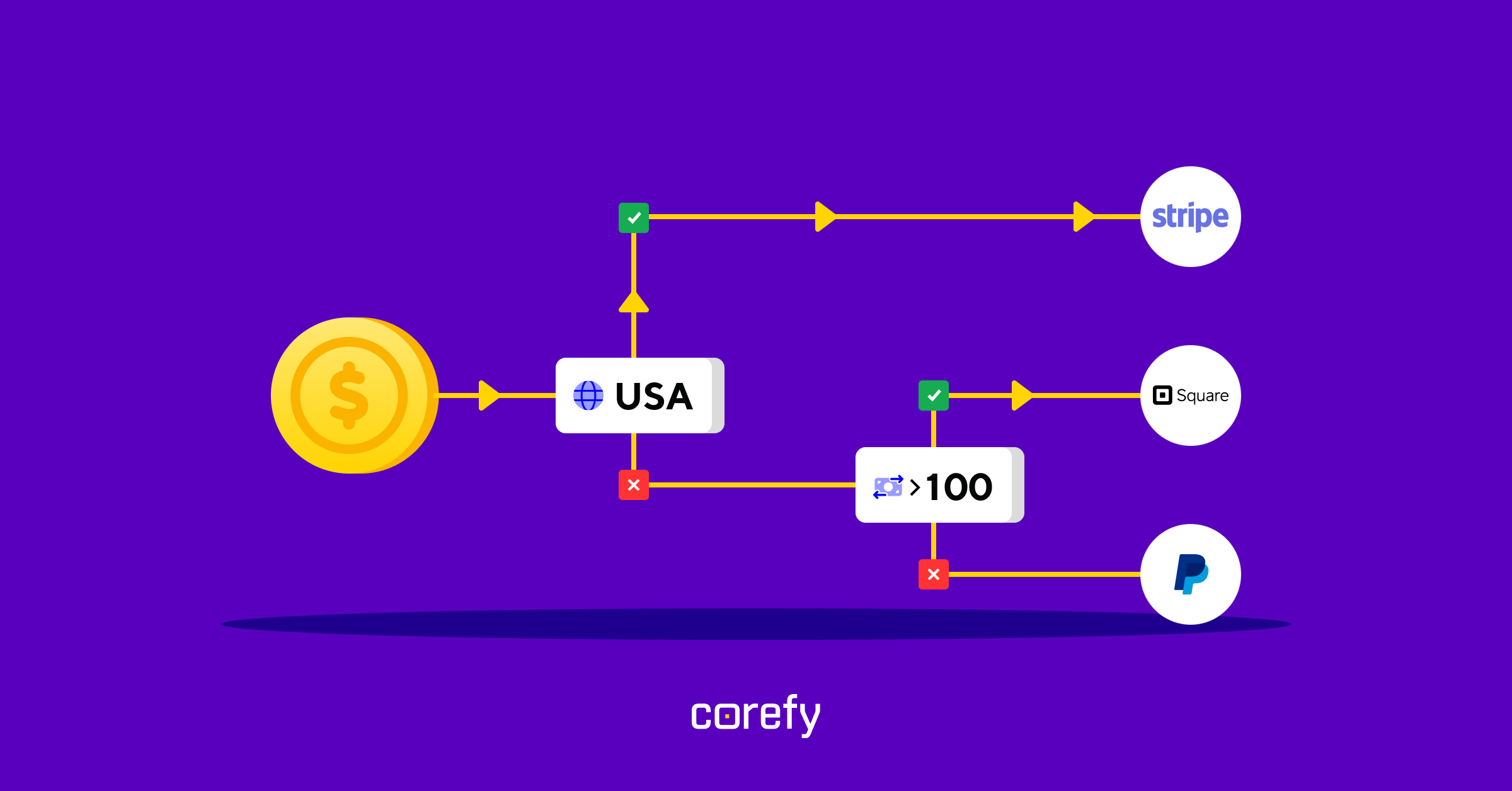The ACH network is a powerhouse in financial processing, handling billions of transactions each month – translating to trillions of dollars annually. By the close of 2023, it handled 31.5 billion payments valued at $80.1 trillion. As reliance on the ACH system grows, it continues to facilitate seamless money transfers for countless individuals.
Chances are, you've used ACH payments – perhaps without even realising it. Let's explore how this vital technology operates and the key benefits it provides.
ACH payment definition
ACH payments are processed in batches through the network, sorted by destination, and scheduled for transmission within specified periods. This batch processing means ACH transactions, while not real-time, offer a cost-effective and reliable method for money transfers.
How does ACH transfer work?
To make an ACH transfer, the party requesting the payment (whether it wishes to send or receive funds) must obtain bank account information from the other interested party. For example, the employer must obtain information about their employees’ checking accounts and routing numbers to send salaries. If there are enough funds in the payer's bank account to process the transaction, the money is transferred to the payee’s account using the centralised ACH network.
ACH payment processing is managed directly between banks, without intermediaries, eliminating all the dependencies and inconveniences that may arise with other payment methods. That’s why more and more businesses are looking for ways to accept ACH payments.
The system supports two types of transactions:
- ACH credit transfers: Initiated by the sender for one-time or recurring payments like direct deposits and bill payments.
- ACH direct debits: Initiated by the receiver with prior authorisation from the sender, commonly used for recurring bills.
What are same-day ACH payments?
Same-day ACH payments process and settle transactions within the same day, unlike standard ACH transfers, which can take 2-3 business days. To qualify for same-day processing, transactions must meet specific cutoff times set by financial institutions, typically in the morning, mid-day, and early afternoon.
This service is particularly valuable for urgent payments, including emergency payroll, time-sensitive business transactions, and last-minute bill payments where delays could result in penalties or other consequences.
Popular uses of ACH payments
The ACH network facilitates various types of transactions:
- Taxes
- Bank transfers
- Investments
- Wages & Salary
- Person-to-person transfers
- E-commerce payments
- B2B payments
- Donations
Pros and cons of accepting ACH payments
Determined to accept ACH payments? Then we recommend that you know in advance what benefits and pitfalls they have.
ACH transfers are becoming increasingly attractive for businesses for three reasons:
- It’s cost-effective: The ACH network offers cheaper funds transfers than checks or credit cards.
- It’s safe: The servers and software of the ACH network are designed with layered security modules to ensure safe transactions for payers and payees.
- It’s green: Being completely electronic, online ACH payments eliminate the use of paper invoices and checks.
Along with the apparent advantages, some drawbacks may stop you from adding ACH transfers as a payment method for your business. Here they are:
- Transaction amount limits: Limit amounts may vary from bank to bank, averaging $25,000 per transaction.
- Speed: Due to the batch processing method, ACH payments can be delivered within 1-3 business days.
- US-centric system: The ACH network targets US-based banks. International ACH transfers are possible but not widely used.
How to accept ACH payments?
There are several ways to accept ACH payments. For example, if you have a business bank account, all you need to do is provide your customers with its details. After that, you will be able to receive transfers without any confirmation actions on your part.
However, if you plan to accept many ACH transactions or want to set up recurring billing, you will need the services of a third-party processor. Pick a provider that supports ACH transfers, charges reasonable fees, and provides other valuable tools like the payment dashboard to manage and track your transactions.
Looking for a payment partner that will set you up to accept ACH payments online? Corefy is a platform you can completely trust with your payments. Contact us to learn more about the opportunities we bring to businesses worldwide and how your company can benefit from them.






.jpg)

.jpg)



.jpg)
